Algebraic K-theory and Chromatic Homotopy Theory (3/4)
The most universal kind of linear algebra is based not on abelian groups, but on homotopy-theoretic objects known as spectra. According to chromatic homotopy theory, one can systematically organize spectra into periodic families. On the other hand, a natural source of spectra is provided by algebraic K-theory, a highly refined cohomological invariant of rings (or schemes, etc). This leads to the subject of this course: the interaction of the chromatic theory with algebraic K-theory. The story begins with classical theorems of Thomason, Mitchell, and Hesselholt-Madsen. Bold generalizations of these theorems were conjectured by Rognes and Ausoni-Rognes, under the umbrella term of "redshift". Several of these conjectures are now theorems due to recent work of many people. Remarkably, this work has applications to "pure" chromatic homotopy theory: Burklund-Hahn-Levy-Schlank used it to settle (in the negative) the "telescope conjecture", the last of Ravenel's conjectures. Lecture 1: Introduction to chromatic homotopy theory.
Lecture 2: Descent and "soft redshift".
Lecture 3: "Hard redshift", a.k.a. the Lichtenbaum-Quillen property.
Lecture 4: The telescope conjecture.
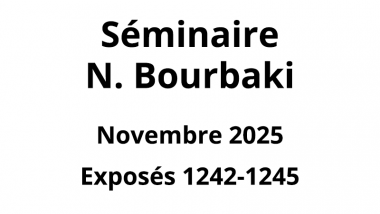
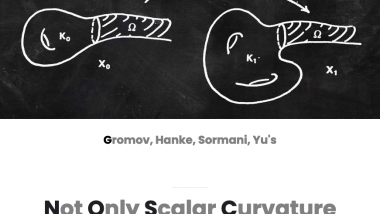
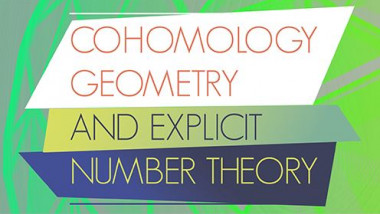









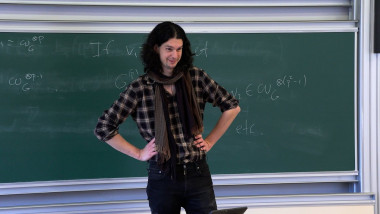


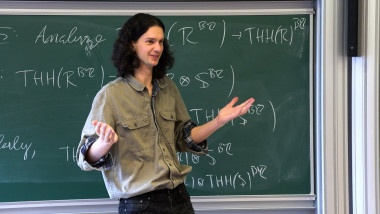
![[1242] Réfutation de la conjecture du télescope de Ravenel](/media/cache/video_light/uploads/video/SeminaireBourbaki.jpg)
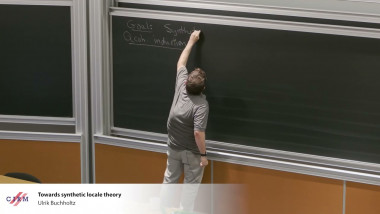
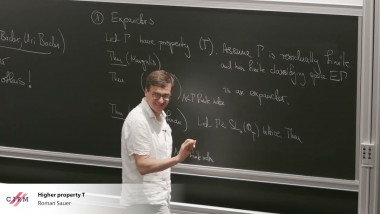
![[1241] Théorie de l’homotopie motivique et groupes d’homotopie stables](/media/cache/video_light/uploads/video/Bourbaki.png)
